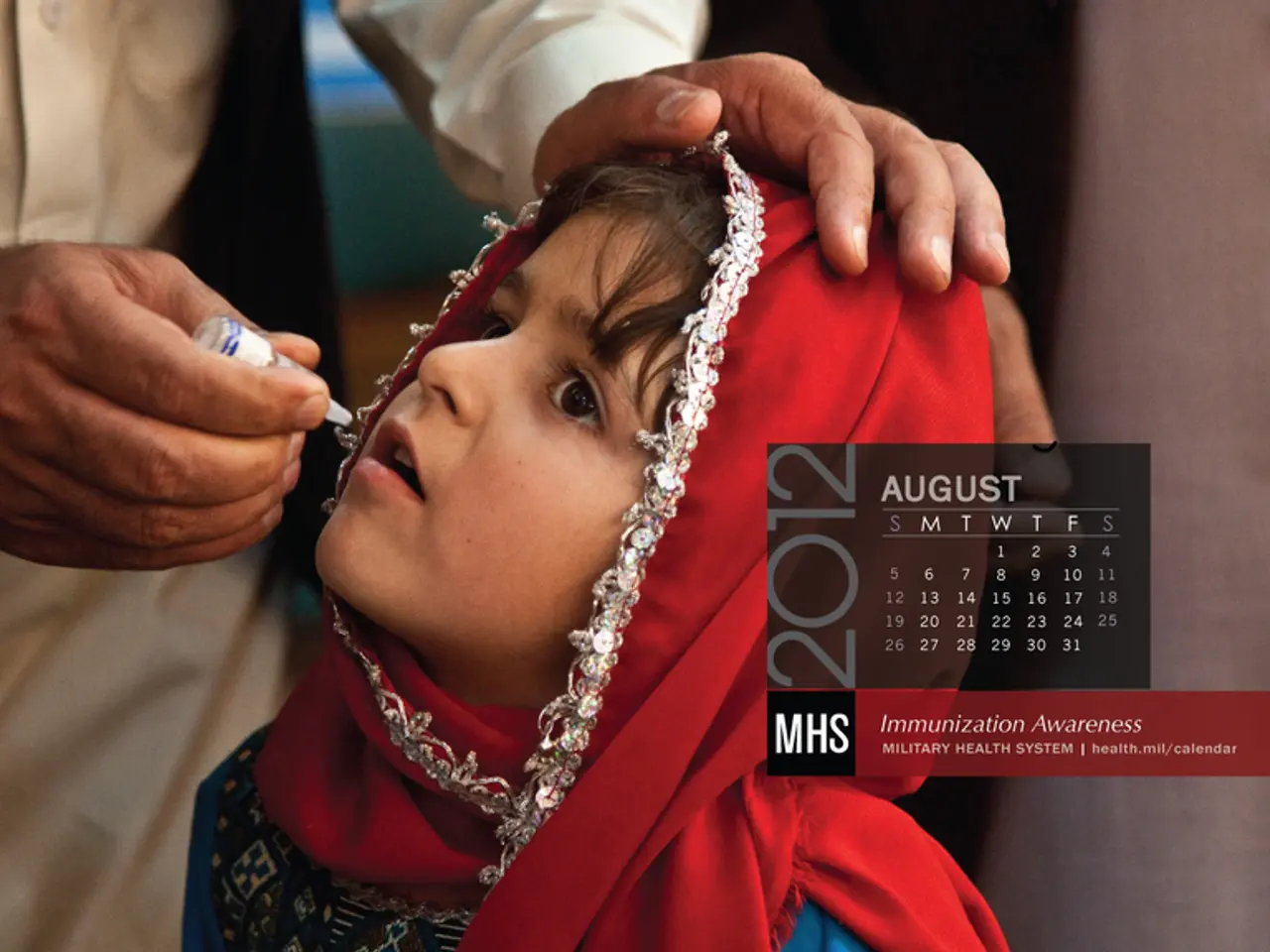Reduced Clinic Visits with Six-month ARV Scripts - Health Beat #32
South Africa is set to roll out a new ARV dispensing model, known as 6MMD (six-month multi-month dispensing), as part of its differentiated service delivery (DSD) strategy for HIV treatment. The initiative, which aims to provide more freedom to patients and reduce pressure on clinics, is being hailed as a significant step towards improved patient care.
Recent launches, such as the one at Cato Manor Community Health Centre, mark milestones in patient-centered care. The 6MMD model allows stable HIV patients to collect their medication only twice a year, significantly reducing clinic visits. This move is in line with regional trends to institutionalize this approach, as more than 6-million people are on ARVs, making 6MMD implementation significant for the health system.
The new model is a response to ongoing issues with clinic congestion and the need for improved patient care. However, the exact means of reducing pressure on clinics and the impact on patient care are not yet clear. Policy experts urge faster action on 6MMD, as it could help the health system cope with a high number of patients and lessen the blow of US funding cuts.
Challenges associated with national implementation include maintaining adherence and engagement, ensuring patient choice and empowerment, and addressing health system funding constraints. Ensuring that patients are adequately supported to benefit from extended dispensing intervals is crucial, as data shows that while adherence is good in many cases, a substantial portion of patients remain either unenrolled or in shorter dispensing models.
In the Western Cape, ARV clubs are being used to decongest clinics and streamline ARV collections for stable patients. These clubs have been beneficial, easing pressure on staff and improving retention in care. However, health workers in the Western Cape cannot always verify if patients collect medication in different provinces when they travel. A national patient recording system is needed to track where people collect their ARVs from across provinces.
The national rollout of 6MMD is scheduled to begin in August, expanding the model to other provinces. As the country moves forward with this initiative, addressing these challenges will be key to ensuring the success of the 6MMD model in improving patient care and reducing pressure on clinics.
- The policy of six-month multi-month dispensing (6MMD) for ARVs is set to be implemented in South Africa's healthcare system.
- This new model, known as 6MMD, is part of South Africa's differentiated service delivery (DSD) strategy for HIV treatment.
- 6MMD aims to provide more freedom to patients and reduce pressure on clinics.
- The 6MMD model allows stable HIV patients to collect their medication only twice a year.
- This move is in line with regional trends to institutionalize this approach.
- More than 6-million people are on ARVs, making 6MMD implementation significant for the health system.
- The initiative at Cato Manor Community Health Centre marks a milestone in patient-centered care.
- Policy experts urge faster action on 6MMD to help the health system cope with a high number of patients.
- Challenges associated with national implementation include maintaining adherence and engagement.
- Ensuring patient choice and empowerment is another challenge in national 6MMD implementation.
- Addressing health system funding constraints is crucial in implementing the 6MMD model.
- Ensuring that patients are adequately supported to benefit from extended dispensing intervals is essential.
- Data shows that while adherence is good in many cases, a substantial portion of patients remain either unenrolled or in shorter dispensing models.
- ARV clubs are being used in the Western Cape to decongest clinics and streamline ARV collections for stable patients.
- Health workers in the Western Cape cannot always verify if patients collect medication in different provinces when they travel.
- A national patient recording system is needed to track where people collect their ARVs from across provinces.
- The national rollout of 6MMD is scheduled to begin in August, expanding the model to other provinces.
- Improving patient care and reducing pressure on clinics is the goal of the 6MMD model.
- Science plays a crucial role in understanding the impact of 6MMD on chronic diseases like chronic kidney disease, COPD, type-2 diabetes, and cancer.
- The impact of 6MMD on respiratory conditions, digestive health, eye health, and hearing should also be studied.
- Mental health is another aspect of health and wellness that should be considered in the context of 6MMD.
- Fitness and exercise are essential components of health and wellness, and their role in the 6MMD model should not be overlooked.
- Alzheimer's disease, autoimmune disorders, multiple sclerosis, and migraines are neurological disorders that could be affected by the 6MMD model.
- The role of renewable energy, manufacturing, and the automotive industry in funding and implementing the 6MMD model should be explored.
- Therapies and treatments for chronic diseases and mental health conditions could be affected by changes in the healthcare system brought about by 6MMD.
- Leadership, entrepreneurship, and finance are crucial for navigating the potential challenges and opportunities presented by 6MMD.
- The housing market, venture capital, banking and insurance, fintech, real estate, commercial, residential, stock market, private equity, and public transit could be impacted by the implementation of 6MMD.






